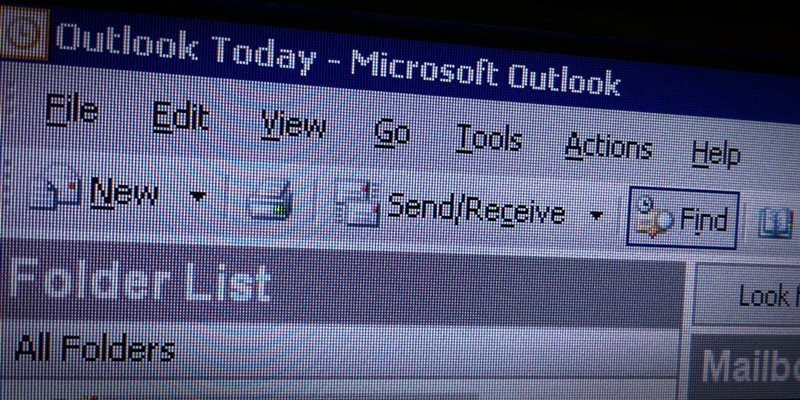Alex Salmond’s chief spin doctor is facing mounting pressure after ”hectoring” emails to an academic expert on referendums were released.
Opposition parties raised concerns over the First Minister’s style of government after the senior special adviser was revealed to have urged Professor Matt Qvortrup to avoid the press and sign a prepared statement.
Mr Salmond was forced to apologise for misleading MSPs in October after reading out a letter which claimed to show the independent academic agreed with the Government’s plans for a two-question ballot.
But it soon emerged the letter had been concocted by Kevin Pringle, Mr Salmond’s official spokesman, and was not written by the academic.
Although Mr Pringle was cleared of any wrongdoing, new emails published on Monday show he advised Professor Qvortrup not to speak to the press and pretend he had made initial contact.
In one email, published by Scottish Labour, Mr Pringle suggests the statement drafted by him is released to the media under Professor Qvortrup’s name.
It adds: ”If you can then forward to me for my info, I can then say I have a copy and can speak to it at my 1.15pm briefing. I will say that you contacted me and sent me a copy, because we have spoken about such matters in the past. I would advise you not to take press calls, but to let this speak or (sic) itself.”
The exchange came as the possibility of a two-question referendum was being hotly debated at Holyrood after Professor Qvortrup said the idea was ”not feasible”.
Labour MSP John Park said the emails were a ”disturbing insight” into Mr Salmond’s government, and showed the SNP ”hectoring anyone who disagrees with them and then conspiring wholesale to cover their tracks”.
”Rather than being a simple misunderstanding by the First Minister, this was a calculated attempt to distort the truth for his own political advantage,” he added. ”Senior civil servants are not paid by the taxpayer to tell independent experts what they think and whether they should be answering the phone to journalists.”
Mr Park also questioned the judgment of Sir Peter Housden, the permanent secretary, who cleared Mr Pringle of wrongdoing and failed to publish the email in question. Sir Peter had released extracts of four other emails between the academic and the special adviser and said he was satisfied the concocted letter was ”a fair representation” of Professor Qvortrup’s position.
Labour had to lodge an official appeal before the email urging the academic not to speak to the press was published.
A Scottish Government spokesman pointed out the emails had been published in an answer to a parliamentary question on December 21.
He added: ”Having examined all this correspondence between Mr Pringle and Professor Qvortrup, the permanent secretary said that Mr Pringle had reasonable grounds to believe that the information which formed the basis of the First Minister’s answer ” was a fair representation of Professor Qvortrup’s position.
”Professor Qvortrup himself has since said, in an interview on BBC’s Newsnight Scotland of 7 November 2011, that the matter was ‘an honest mistake’. The First Minister said that the responsibility for that mistake was his, and apologised to the chamber for the misinformation.”
